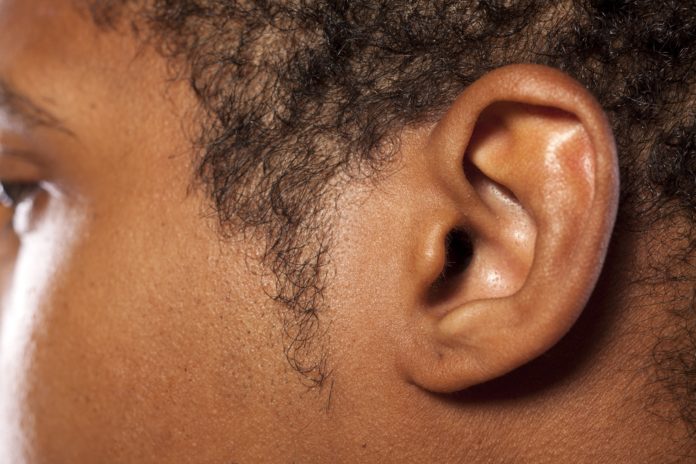The great Yanny vs. Laurel debate may have been settled (it’s actually “Laurel,” no matter what you heard), but there are plenty of other ways to trick your ears — and learn a little science in the process.
Perhaps the most famous is the McGurk effect, a phenomenon named for Harry McGurk, half of the research duo who first wrote about the auditory illusion back in the 1970s. McGurk and his colleague John MacDonald recorded a voice articulating one consonant, then matched it with a video that showed a person articulating another consonant. Even though the audio file never changed, the researchers observed that individuals thought they were hearing two different things, depending on whether they listened to the clip alone or heard it while also watching the video.
The experiment has been tweaked and repeated plenty of times since the 1970s; you can watch one example in…










